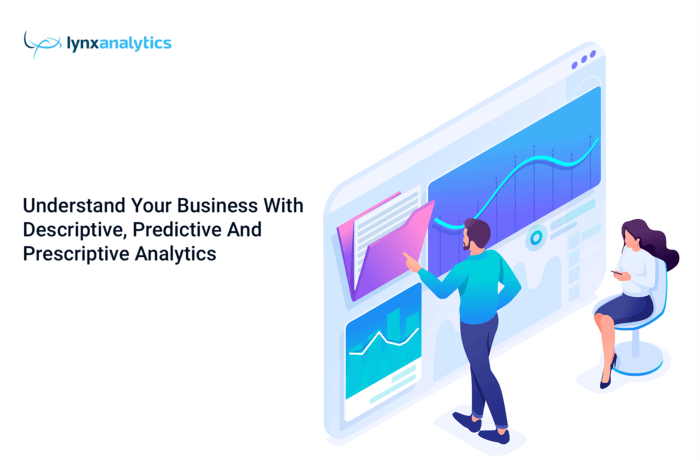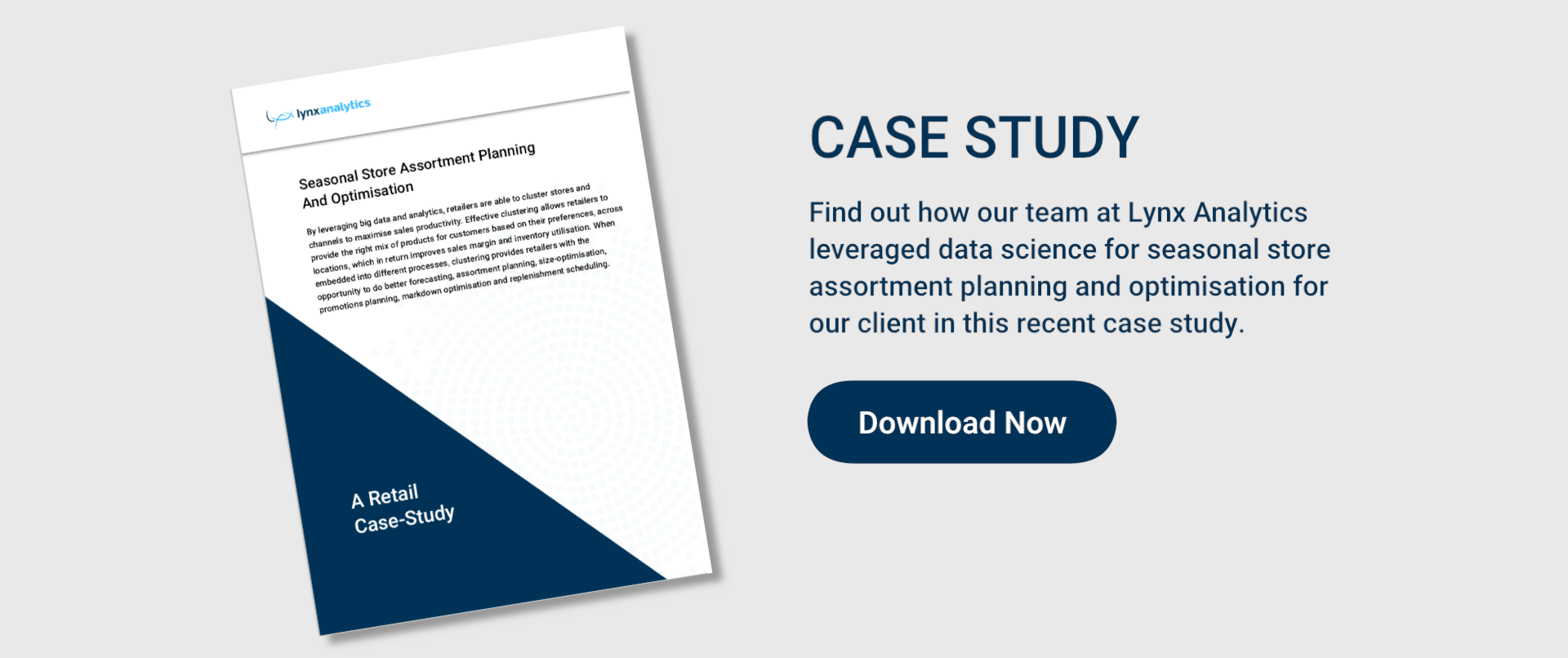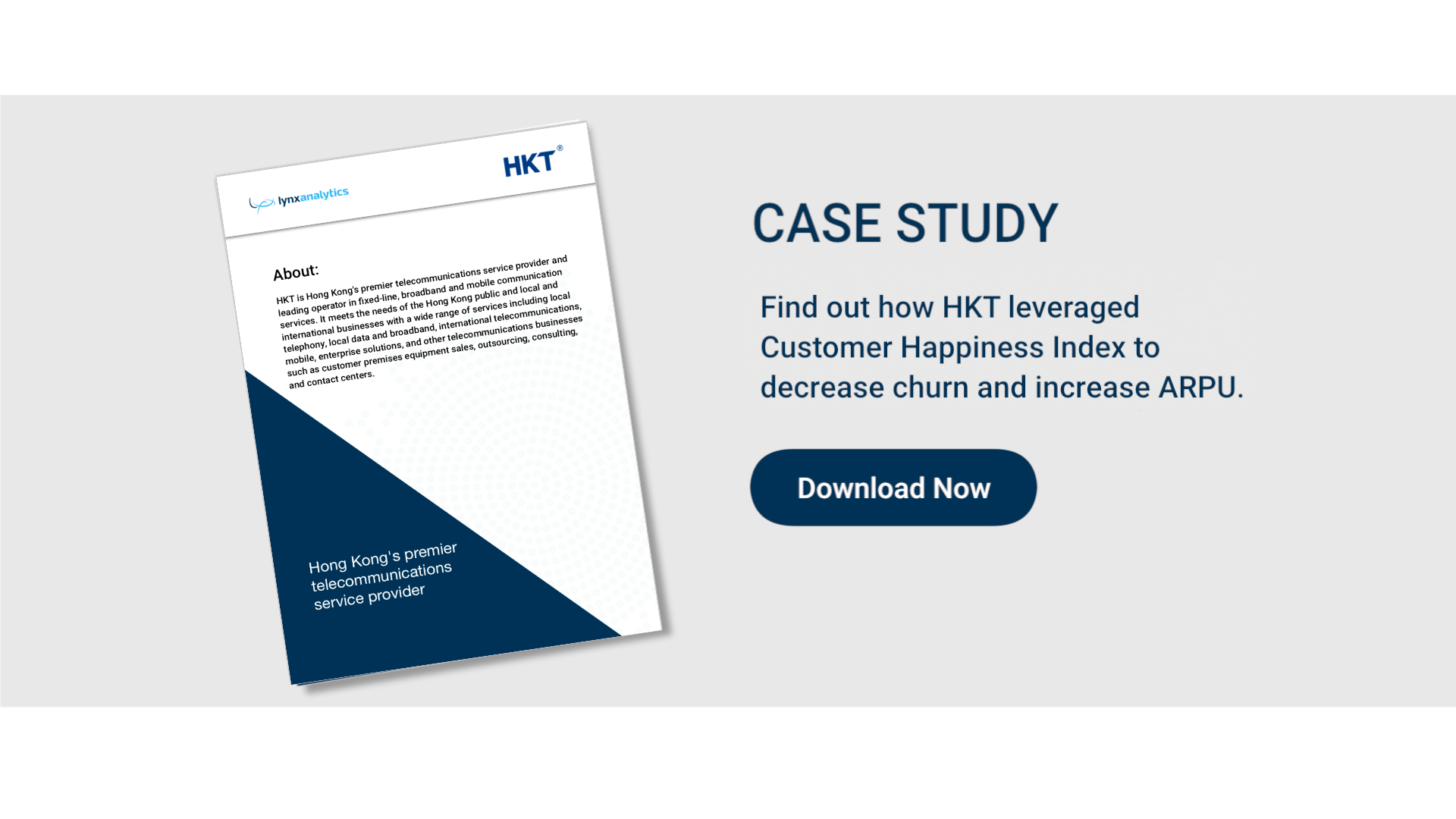
The terms descriptive, predictive and prescriptive analytics are becoming increasingly popular in the world of business. But what exactly do they mean? And why all the hype?
In this article, we’ll give a straightforward rundown of what exactly the fields of descriptive, predictive and prescriptive analytics actually involve and, more importantly, how they can add value to your business.
What Are Descriptive, Predictive and Prescriptive Analytics?
|
What Is Descriptive Analytics? Descriptive analytics can be thought of as a summary of your raw analytical data. This may include things like sales volumes, clickthrough rates and so on. It simply shows the information that’s been collected as it is. |
|
What Is Predictive Analytics? Involves looking at past and current data to provide insights into future trends. For example, predictive analytics could theoretically be used to predict demand for a certain product in the next twelve months, based on its past and current sales performance. |
|
What Is Prescriptive Analytics? Provides suggestions on precisely what actions should be taken in the future to satisfy certain criteria. This could be a suggestion to increase the production of a particular product in advance of a surge in demand, for example. |
Unsurprisingly, all three fields are very closely linked and overlap to varying degrees, which is why they are generally spoken about in the same breath.
Used together, these three branches of analytics can be incredibly powerful tools for businesses of any size and across all industries.
Analytics Today
Today, descriptive, predictive and prescriptive analytics are more reliable and more accessible than ever before.
Analytics companies now offer specialized software and services to build advanced statistical models, exploit machine learning algorithms, and more to perform incredibly complex analytics on large data sets.
Such services are often available for a fraction of the cost of even just a few years ago, making the technology useful to even small and medium businesses looking for accurate insights into their data.
Here are a few examples of some industries that are making use of modern analytical methods:
Marketing and Advertising
These closely linked industries are some of the heaviest users of descriptive, predictive and prescriptive analytics. When you imagine the potential profits to be made if you know what the market will demand ahead of time, then it’s not hard to see why.
One illustrative example is the way Facebook and Google utilize machine learning algorithms to gather massive amounts of usage data, predict what individuals are likely to click on in the future, then present them with relevant content.
Retail
Analytics can have an enormous impact on the profit margins of the retail industry. By predicting future shopping trends, retailers can order, produce and stock with greater accuracy in anticipation of changes in demand. This improves inventory allocation, helps maximize sales, and provides retailers with a positive overall impact on sales productivity.
Speaking of sales productivity, here is a recent case study on how we leveraged data analytics for a leading fashion retailer in China to recommend store assortment and maximize productivity (i.e. revenue/ sq.m)
Manufacturing
Manufacturing accounts for a massive proportion of the world’s economy, and analytics has the power to transform the industry. For example, companies can now better predict the demand for manufactured goods and react to mitigate over or underproduction. The entire manufacturing industry is becoming ever-more efficient with the help of analytics.
Telecommunication
Predicting customer churn (customers cancelling or not renewing their contracts) has always been a challenge for this industry. By identifying the factors which contribute to customer churn, service providers will be able to increase average revenue per user (ARPU) and customer lifetime value. By leveraging analytics, telecommunication service providers will be able to predict potential customer churn and take positive action against it.
Here is a recent case study of how a leading telecom service provider in Asia was able to decrease customer churn and increase ARPU.
Healthcare
Healthcare organizations are leveraging analytics to save time and reduce cost. In a recent survey, 42 percent of healthcare organizations claimed that patient satisfaction has improved and 39 percent of them agreed that predictive analytics has reduced cost for the organization.
Human Resources
The way companies hire and manage their workforces is also being drastically altered by the power of analytics. HR departments can use employee data to assess and improve
performance, predict who will succeed in certain roles, and choose who to hire.
This can benefit an organization’s bottom line, as well as work output and employee satisfaction, which can be directly measured via systems such as the Employee Net Promoter Score (NPS).
Conclusion
With the huge growth in the accessibility of analytics, businesses in almost every industry imaginable are able to predict events and gain insight into the best courses of action to take.
Get in touch with one of our team to find out how your business can leverage data analytics to gain insight and improve performance.



